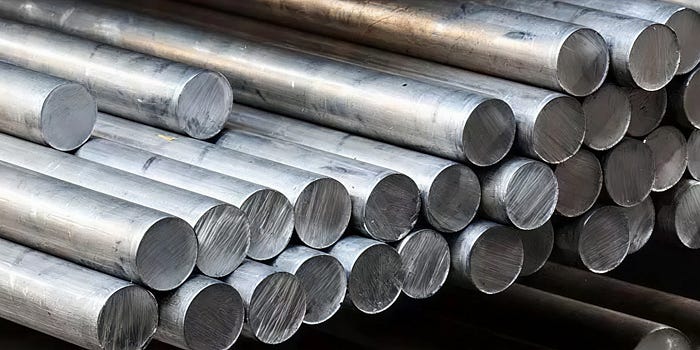Which to Choose: UNS S32101 vs Super Duplex S32760

When it comes to selecting the right stainless steel grade for your project, the options can be overwhelming, especially when the choices include highly specialized materials like UNS S32101 and Super Duplex S32760. Each of these stainless steel grades offers unique benefits for specific environments and applications, making understanding their properties and applications critical. This blog compares UNS S32101 and Super Duplex S32760, providing guidance on which to choose based on your specific needs.
Introduction to UNS S32101 and Super Duplex S32760
UNS S32101 — Lean Duplex Stainless Steel:
UNS S32101, often referred to as Lean Duplex stainless steel grade, is known for its high strength and good corrosion cracking resistance. This newer grade is designed to provide advantages typically associated with traditional duplex stainless steels while offering significant cost savings due to its lower nickel content.
Super Duplex S32760 — High-Performance Alloy:
Super Duplex S32760, also known as UNS S32760, is a high-end super duplex stainless steel grade known for its superior strength and excellent corrosion cracking resistance. This stainless steel is designed for demanding applications that require exceptional mechanical properties and resistance to pitting and crevice corrosion.

Chemical Composition:
UNS S32101 contains lower amounts of nickel and molybdenum compared to traditional duplex grades, which is beneficial in reducing costs while maintaining good corrosion resistance and strength.
Super Duplex S32760 includes high levels of chromium, molybdenum, and nickel, enhancing its ability to resist corrosion in severe environments.
Applications of Each Grade
UNS S32101 Applications:Water treatment plants: Due to their good corrosion resistance and strength.
Bridges and structural components: Where high strength and corrosion resistance are needed at a lower cost than traditional duplex.
Offshore oil and gas platforms: Require materials with excellent corrosion resistance and strength to handle harsh environments.
Desalination plants: Where the highest level of corrosion resistance is necessary due to aggressive chloride exposure.
Performance in Specific Environments
Chloride Environments: Super Duplex S32760 performs better in high chloride environments, resisting pitting and crevice corrosion more effectively than UNS S32101.
- High-Temperature Applications: Super Duplex S32760 also offers superior resistance to corrosion in high-temperature settings compared to UNS S32101, making it suitable for heat exchangers and chemical processing equipment.
Cost Considerations
The choice between UNS S32101 and Super Duplex S32760 often comes down to budget constraints and their mechanical properties.
UNS S32101 is generally more cost-effective and is adequate for applications where slightly lower corrosion resistance is acceptable.
- Super Duplex S32760 is more expensive but is necessary for extreme environments where the highest level of corrosion resistance and strength is required.
Conclusion
Choosing between UNS S32101 and Super Duplex S32760 depends largely on the specific requirements of your project, including environmental conditions, strength needs, and budget. For standard applications requiring good corrosion resistance and high strength, UNS S32101 offers a cost-effective solution. However, for extreme environments with high risks of corrosion, Super Duplex S32760 is the preferred choice despite its higher cost. Understanding these factors will help you make an informed decision, ensuring the longevity and reliability of your project.
Comments
Post a Comment